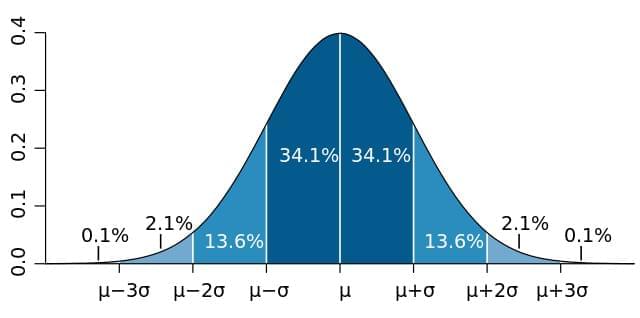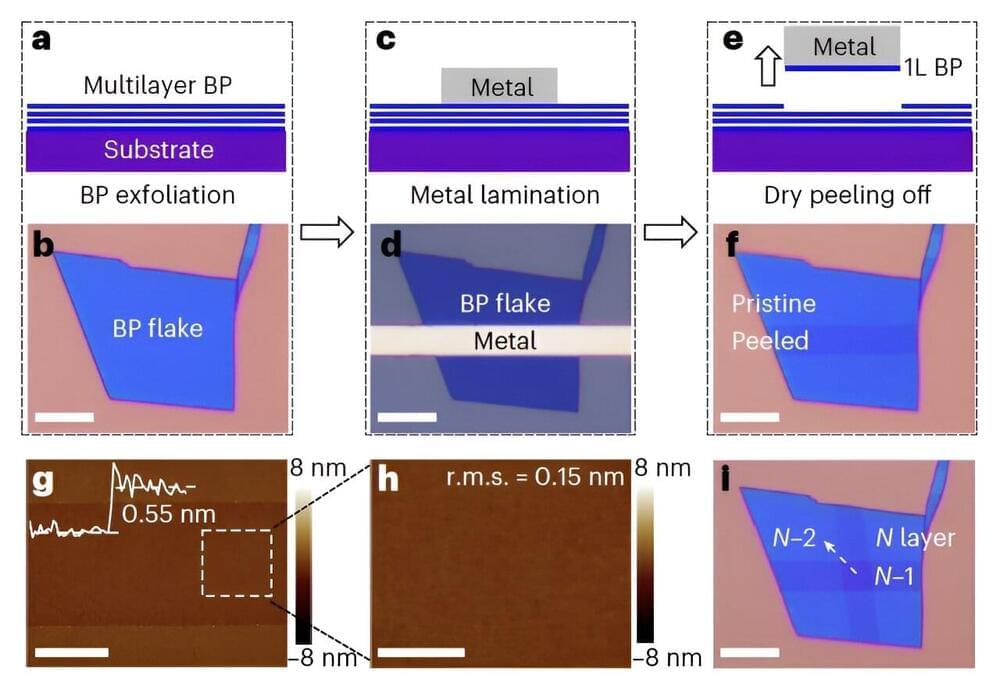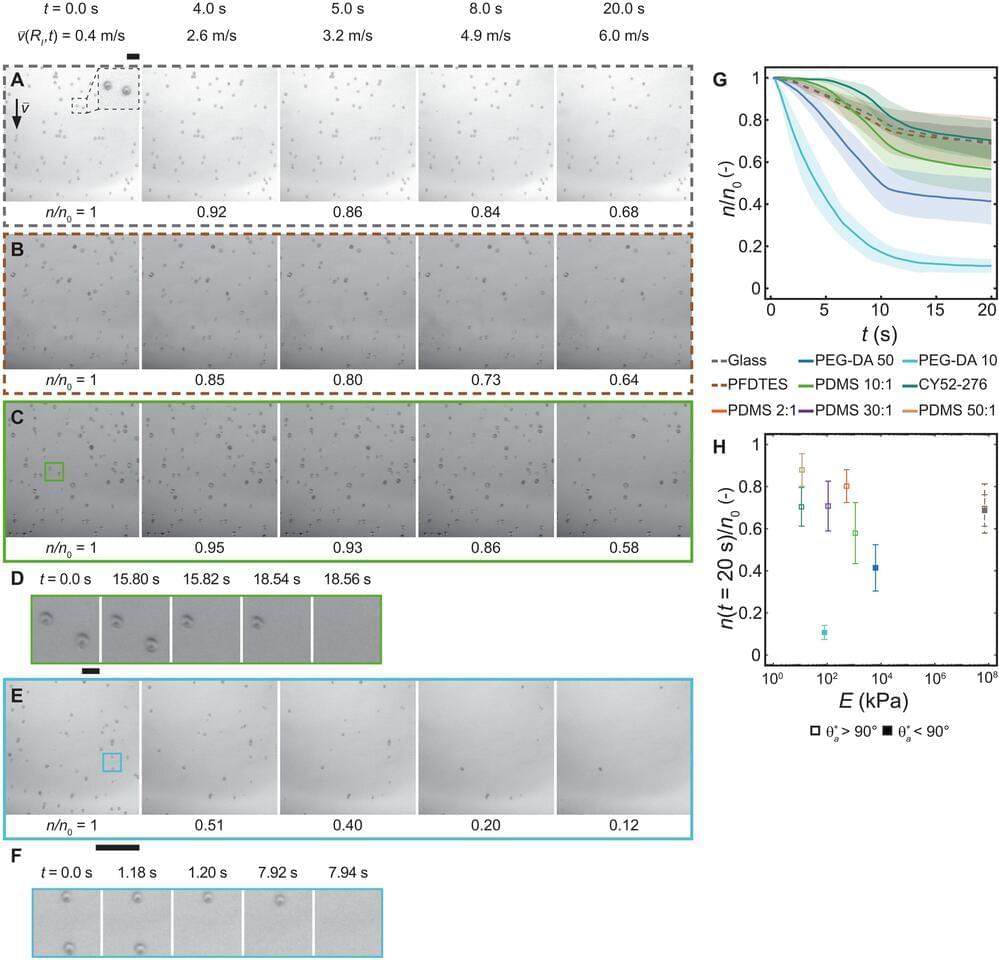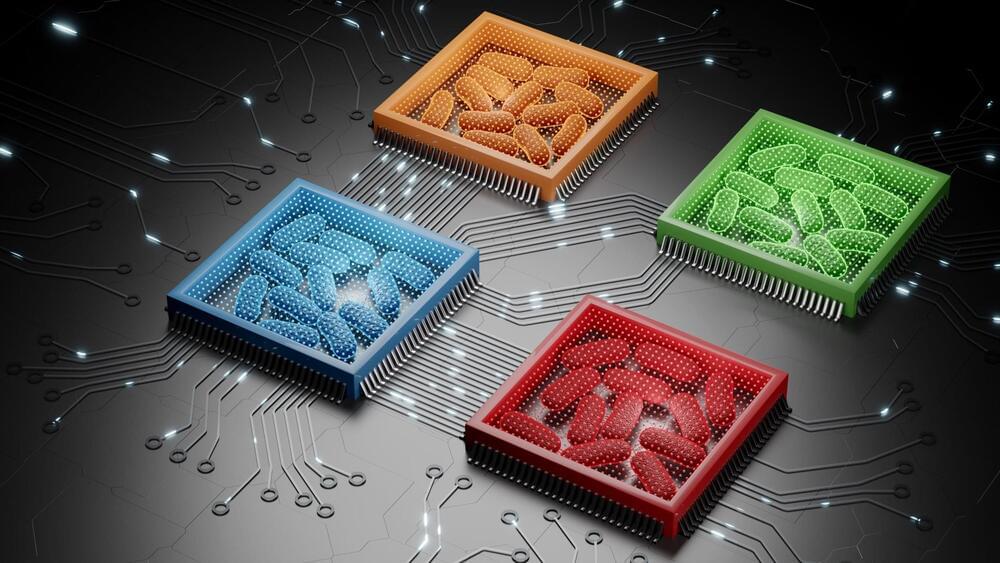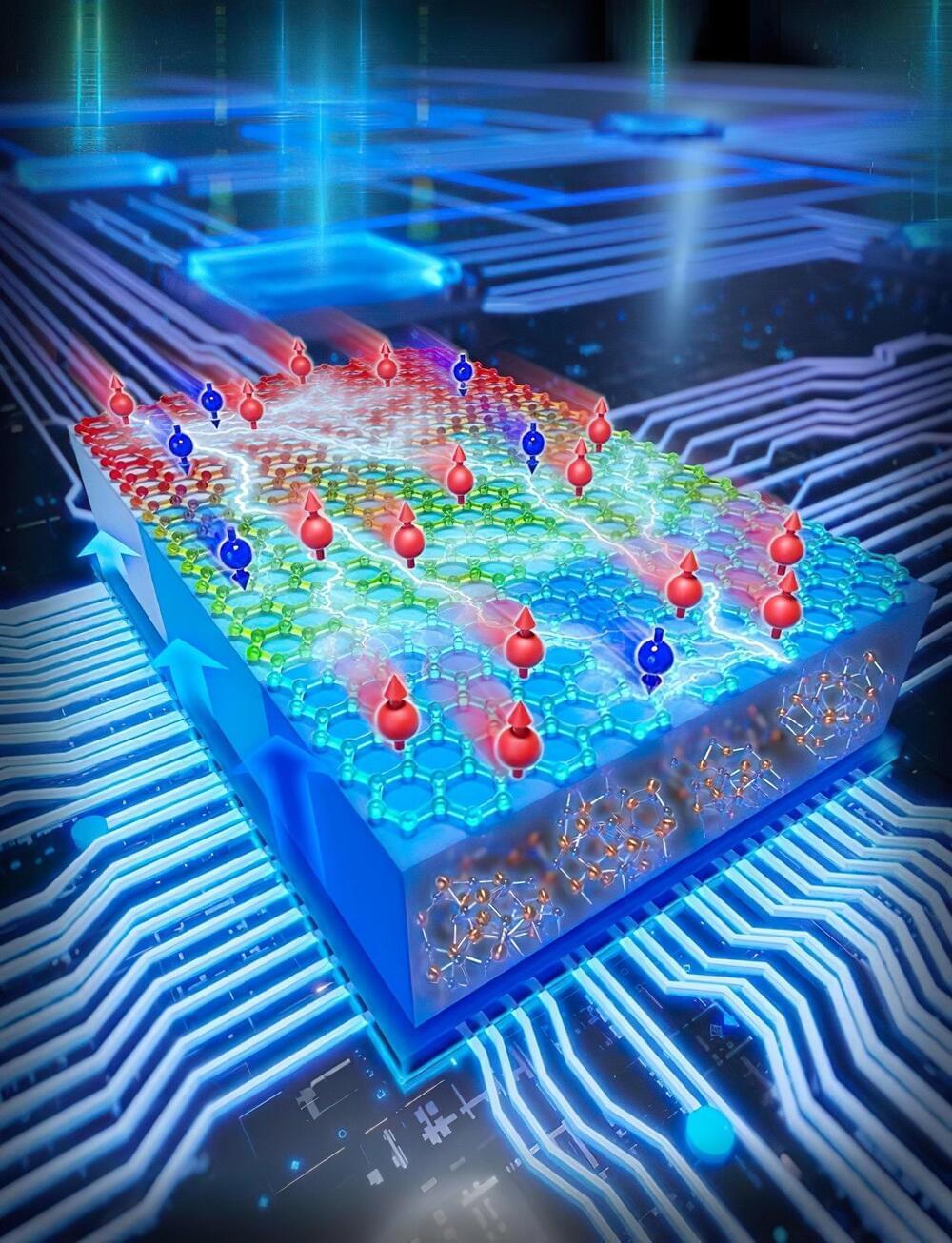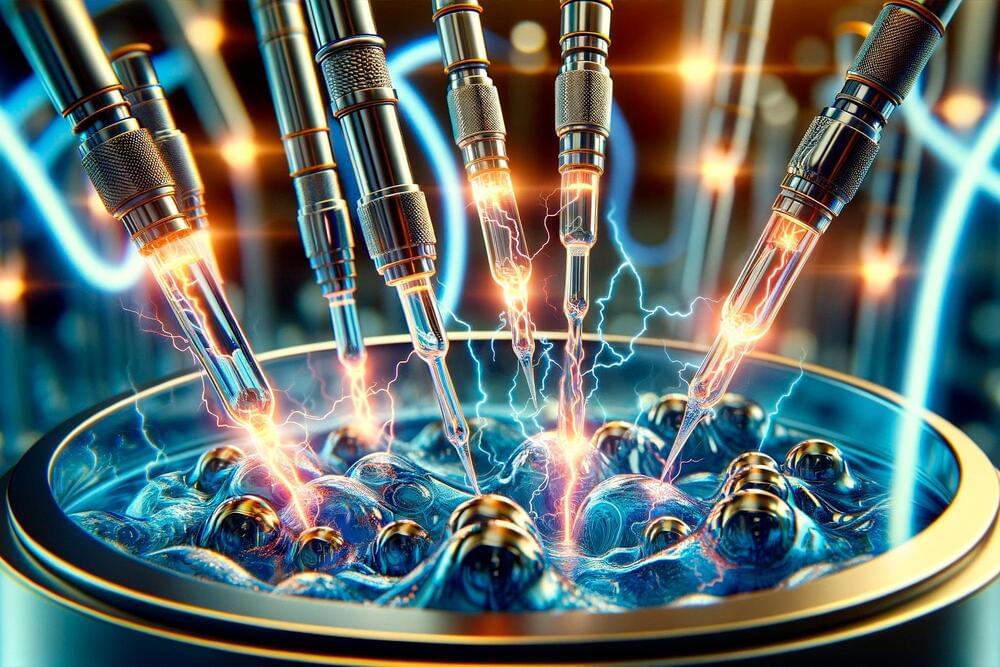A #mathematics “A Bernoulli trial is a #random experiment with exactly two possible outcomes “success” and “failure” in which #probability of success is the same every time the experiment is conducted.”
In the theory of probability and statistics, a Bernoulli trial (or binomial trial) is a random experiment with exactly two possible outcomes, “success” and “failure”, in which the probability of success is the same every time the experiment is conducted.[1] It is named after Jacob Bernoulli, a 17th-century Swiss mathematician, who analyzed them in his Ars Conjectandi (1713).[2]
The mathematical formalisation of the Bernoulli trial is known as the Bernoulli process. This article offers an elementary introduction to the concept, whereas the article on the Bernoulli process offers a more advanced treatment.
Since a Bernoulli trial has only two possible outcomes, it can be framed as some “yes or no” question. For example:
